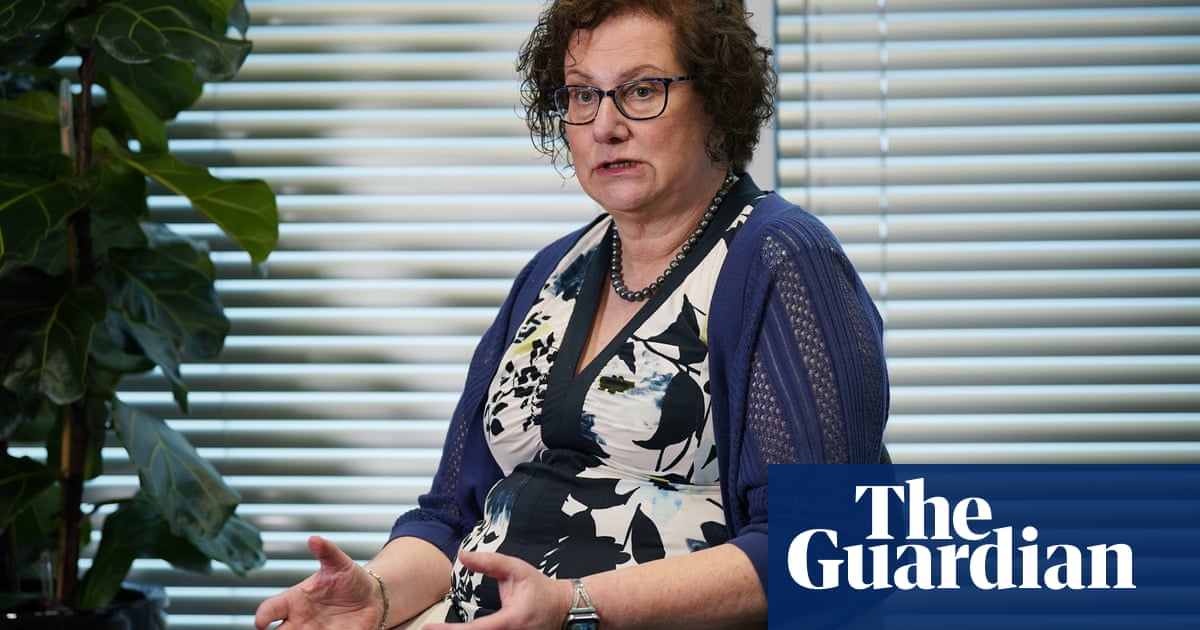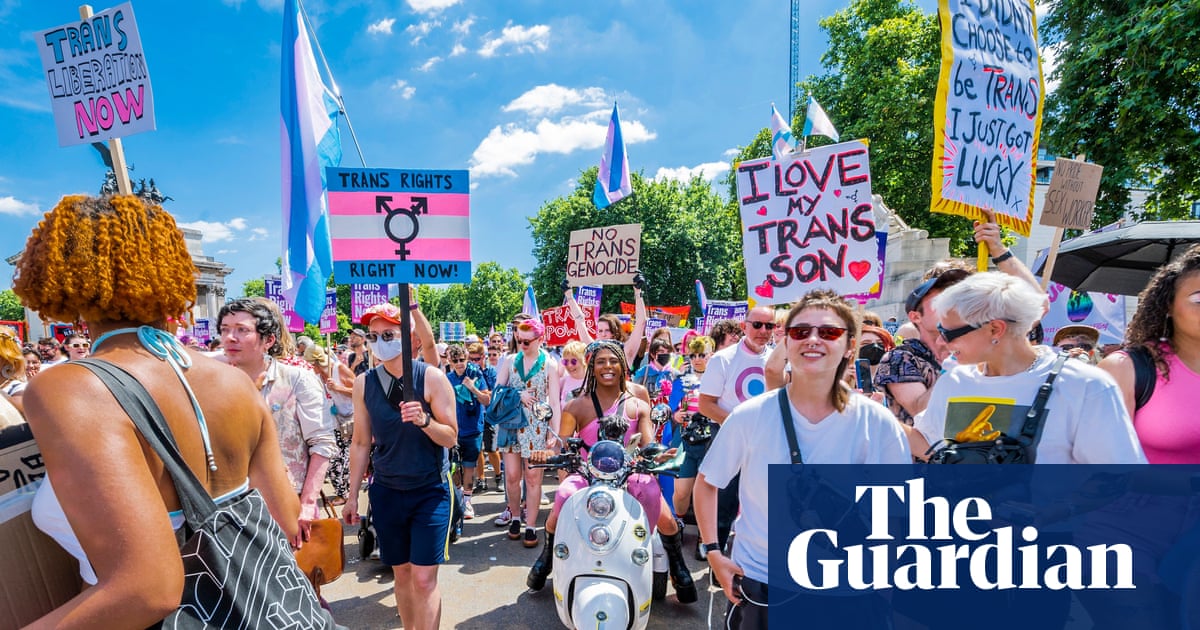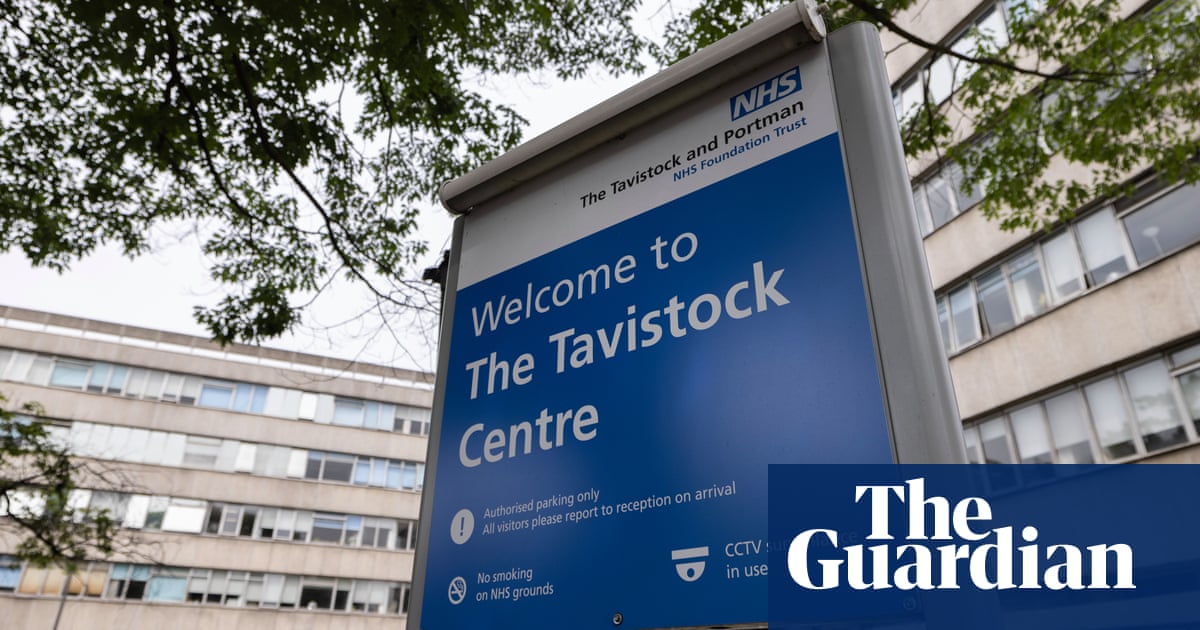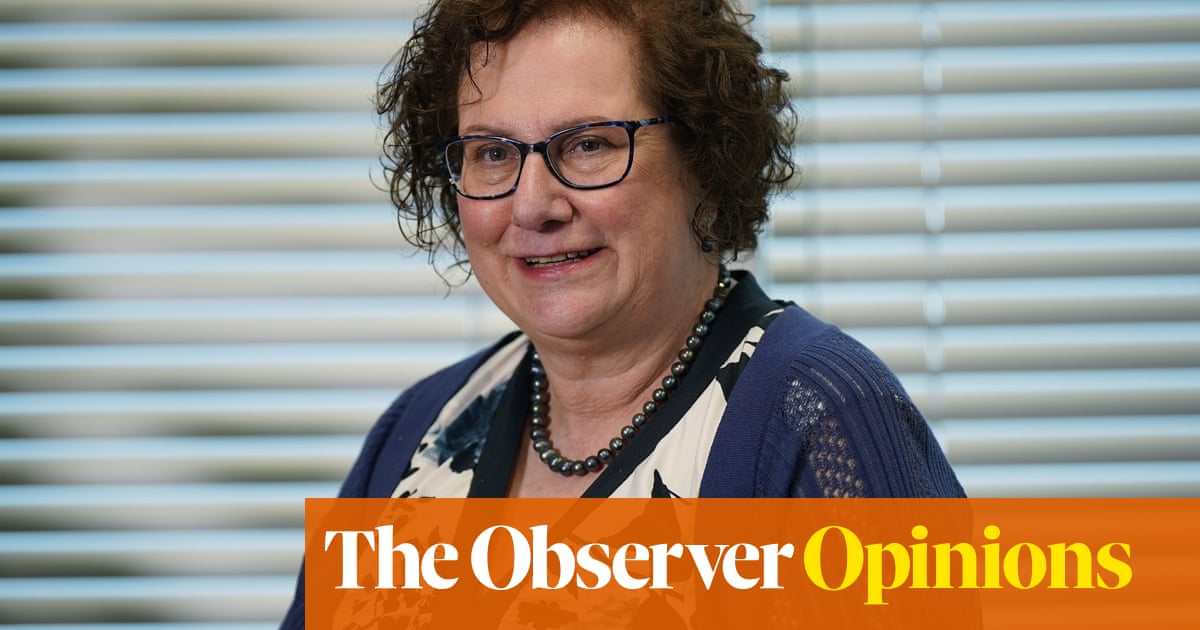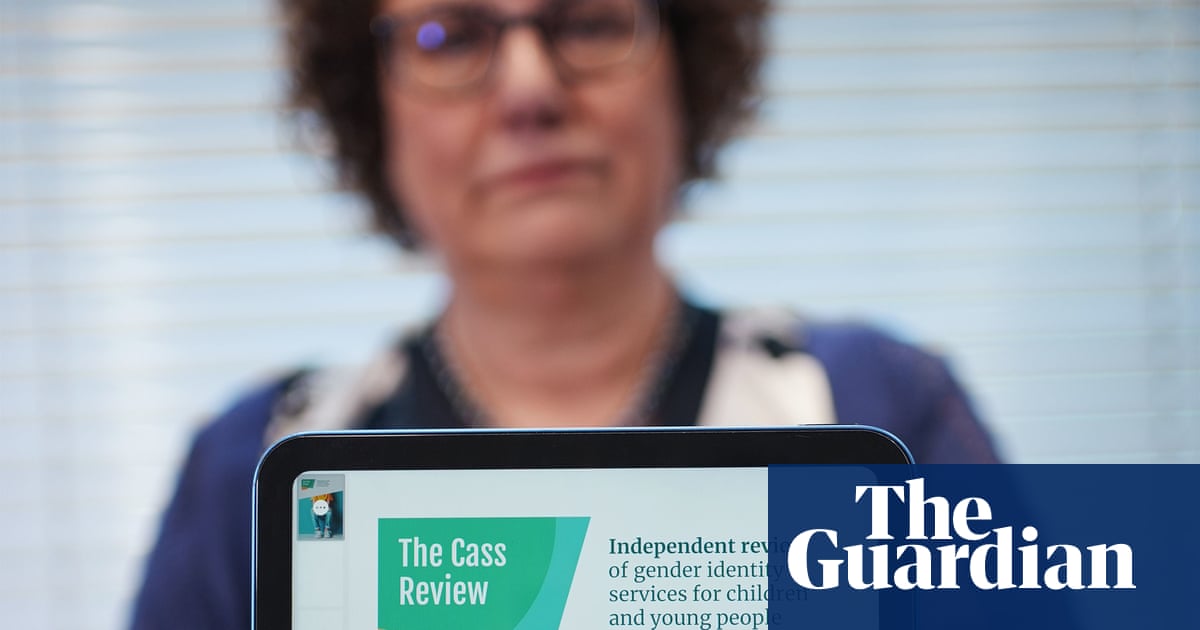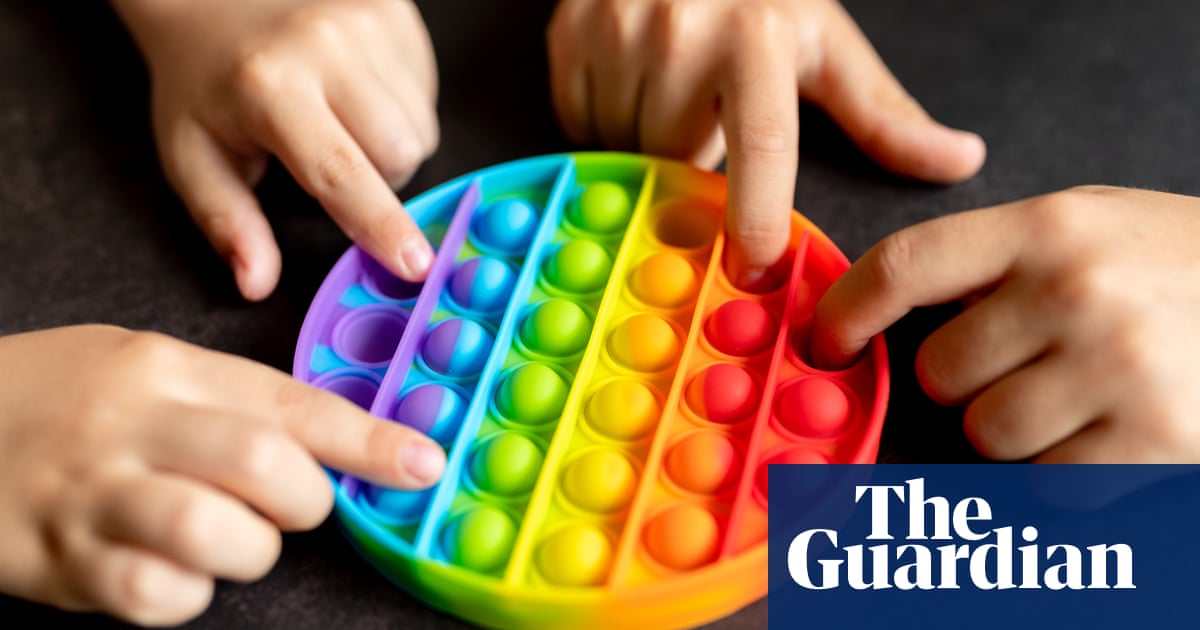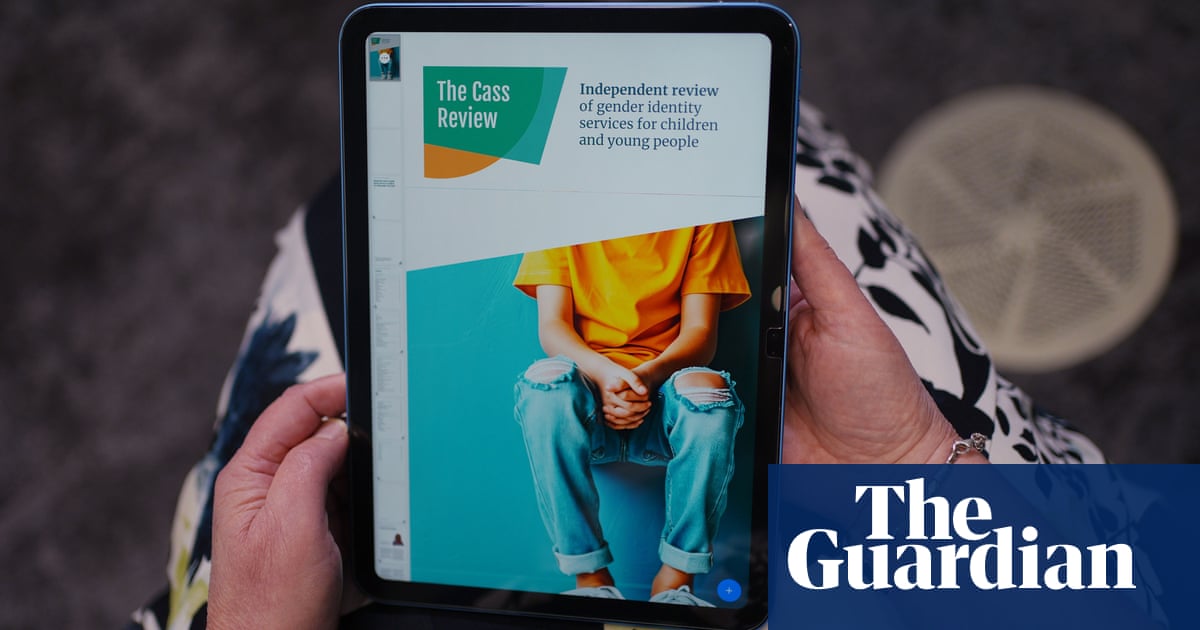
In 2009 the NHS’s gender identity development service (Gids) saw fewer than 50 children a year. Since then, demand increased a hundredfold, with more than 5,000 seeking help in 2021-22.
In her review of gender services, Dr Hilary Cass said there had been a “dramatic increase” in presentations to gender clinics in the last decade, in particular by birth-registered females. In 2009, Gids treated 15 girls. By 2016, that figure had risen to 1,071.
“There has been a significant change in the population of young people over the last 10 to 15 years,” Cass told BBC Radio 4’s Today programme on Wednesday.
“So about 15 years ago, the service was seeing perhaps 50 predominantly birth registered boys in childhood. And over the last 10 years or so it’s switched to over 3,000 young people, and it’s mainly birth-registered girls presenting in early teens … often with quite complex additional problems.”
There is no single explanation for the increase in prevalence of gender incongruence or the specific rise in birth-registered females referred to Gids, her review concluded.
But it says various factors may explain the increase in predominantly birth-registered females presenting to gender services in early adolescence:
Social media and the internet
Generation Z and Generation Alpha (those born since 2010) have grown up with “unprecedented” online lives, the report says. This has huge advantages, but also brings risks and challenges.
Greater access to the internet has given children and young people learning resources “but it has also made them vulnerable to new dangers”, according to the review.
“Biology hasn’t changed and adult biology hasn’t changed in the last few years,” Cass said this week. “So it’s not that that’s changed things.
“I don’t think that young people today are being exposed to more abuse, or trauma or so on, than previous generations. We do have to think very seriously about the impact of social media.”
The report says girls spend more hours using social media than boys. A study cited by Cass found 43% of girls used social media for three or more hours a day, compared with 22% of boys.
A systematic review highlighted by the Cass report found that use of social media was associated with body image concerns. Numerous other studies cited by the report implicate smartphone and social media use in mental distress and suicidality among young people, particularly girls.
All showed a clear dose-response relationship: the more hours spent online, the greater the effect.
Peer and socio-cultural influence
The report suggests that although the impact of societal influences on a child’s gender expression remains unclear, it’s clear that the influences of a child’s peers are “very powerful during adolescence”.
Although the report does not specifically state that girls are affected by social and cultural influences, such as peer pressure, more than boys, and so too their gender expression, other evidence has suggested this is the case.
Several studies have implied that girls are more affected by peer pressure than boys, and are more likely to develop a negative body image during adolescence.
Another societal influence that the report references as possibly having an impact on a young person’s gender expression includes information on gender dysmorphia and gender expression found online.
More specifically, a focus group of gender-questioning young people and their parents who spoke to the review said that they often found online information “that describes normal adolescent discomfort as a possible sign of being trans and that particular influencers have had a substantial impact on their child’s beliefs and understanding of their gender”.
One gender-questioning young person is quoted in the report affirming this view, saying a “lot of trans people make YouTube videos, which I think is a major informational source for a lot of people, and that’s mainly where I get my information from, not so much professional services”.
The report also stated that according to another focus group of gender-questioning young people, they often found it difficult to find “trusted sources of information, favouring lived experience social media accounts over mainstream news outlets”.
Greater societal acceptance of transgender identities has allowed young people to come out easily, the review found. It suggests that the increased numbers now reflect the true prevalence of gender incongruence in society.
Dangerous online influencers
Cass said her review team received reports of gender-questioning children being urged to hide things from their parents. “We haven’t done a comprehensive search but certainly when we were told about particular influencers, I followed some of those up,” Cass said. “Some of them give them very unbalanced information.
“And some [young people] were told that parents would not understand, so that they had to actively separate from their parents or distance their parents. All the evidence shows that that family support is really key to people’s wellbeing. So there was really some dangerous influencing going on.”
Cass says the influencers “are legion” but declined to identify any specially.
Mental health
The striking increase in young people presenting with gender dysphoria should be seen within the context of increasing rates of poor mental health and emotional distress among the broader adolescent population, particularly among girls, the Cass report found.
There has been a substantial increase in rates of mental health problems in children and young people, with increased anxiety and depression being most evident in teenage girls, UK national surveys between 1999 and 2017 show.
The Cass review found that there was a “marked increase” in young women aged between 16 and 24 presenting with anxiety, depression and self-harm. Some conditions – for example, eating disorders – have increased more than others, particularly in girls and young women.
Studies of rates of self-harm have shown similar increases. For example, the report says there was an almost 70% increase in girls aged between 13 and 16 presenting with self-harm. This was not seen in boys, the review noted.
“The increase in presentations to gender clinics has to some degree paralleled this deterioration in child and adolescent mental health,” the report says. “Mental health problems have risen in both boys and girls, but have been most striking in girls and young women.”
Girls were also more likely to have low self-esteem (12.8% versus 8.9% of boys), according to a study cited by the Cass review. They were also more likely to be unhappy with their appearance (15.4% versus 11.8% of boys).
Changes in concepts of gender and sexuality
The report states that the relationship between sexuality and gender identity is “complex and contested”, and that although a trans identity does not necessarily determine a person’s sexuality, it was “important to consider the relationship between sexual identity and gender identity given that sexuality contributes to a person’s sense of identity, and both may be fluid during adolescence”.
The report cites a 2016 research paper from Gids that looked at sexual orientation in 57% (97) of a clinic sample of patients over 12 years of age for whom this information was available.
Of the birth-registered females, 68% were attracted to females, 21% were bisexual, 9% were attracted to males and 2% were asexual. Of the birth-registered males, 42% were attracted to males, 39% were bisexual and 19% were attracted to females.
The report goes on to say that it is “common in adolescence to experience same-sex attraction and not to conform to gender stereotypes. In making sense of these feelings young people are now having to navigate an increasingly complex interplay between sex and gender.”
On the relationship between sexual orientation and gender identity, the review concludes that it “is an area that warrants better exploration and understanding”.
The report also stated that it had received several reports from parents of birth-registered females “that their child had been through a period of trans identification before recognising that they were cisgender same-sex attracted”.




